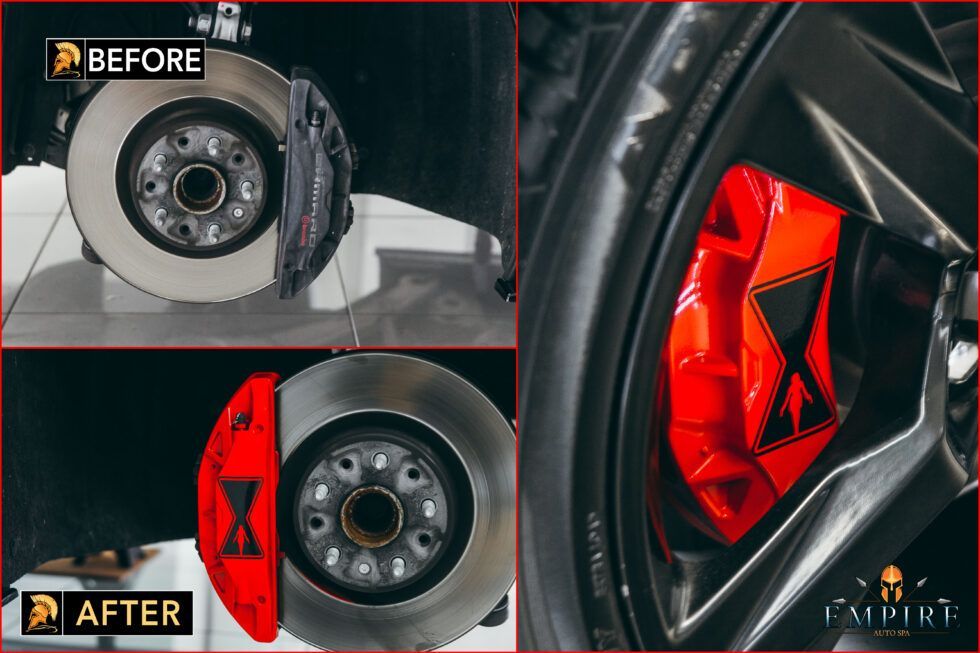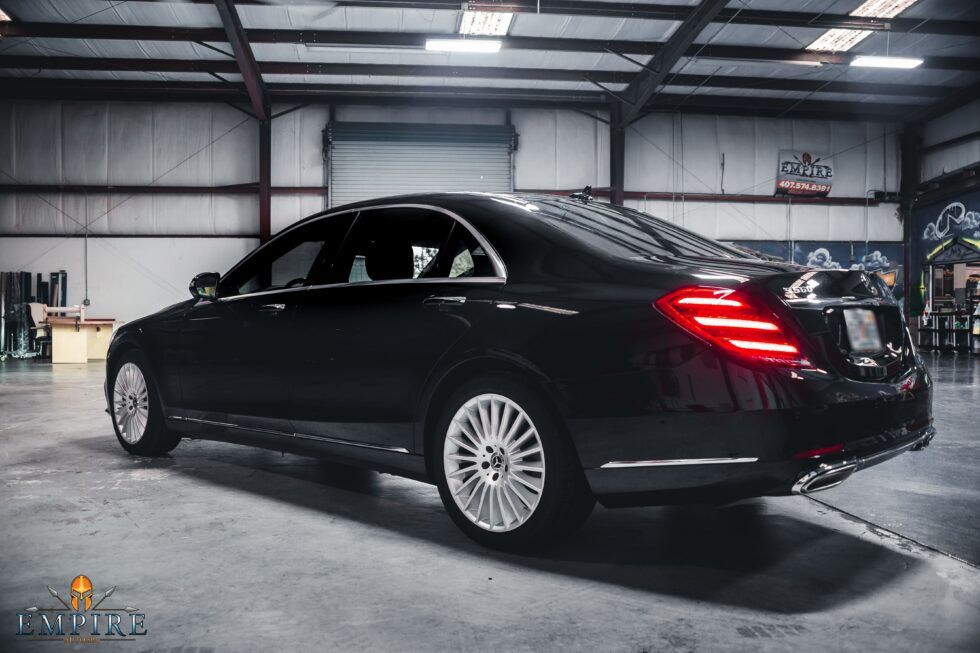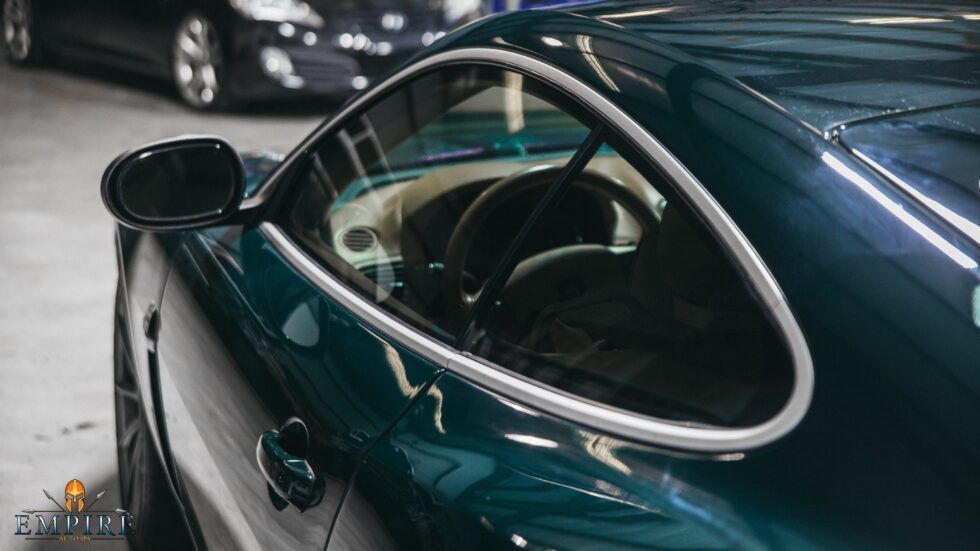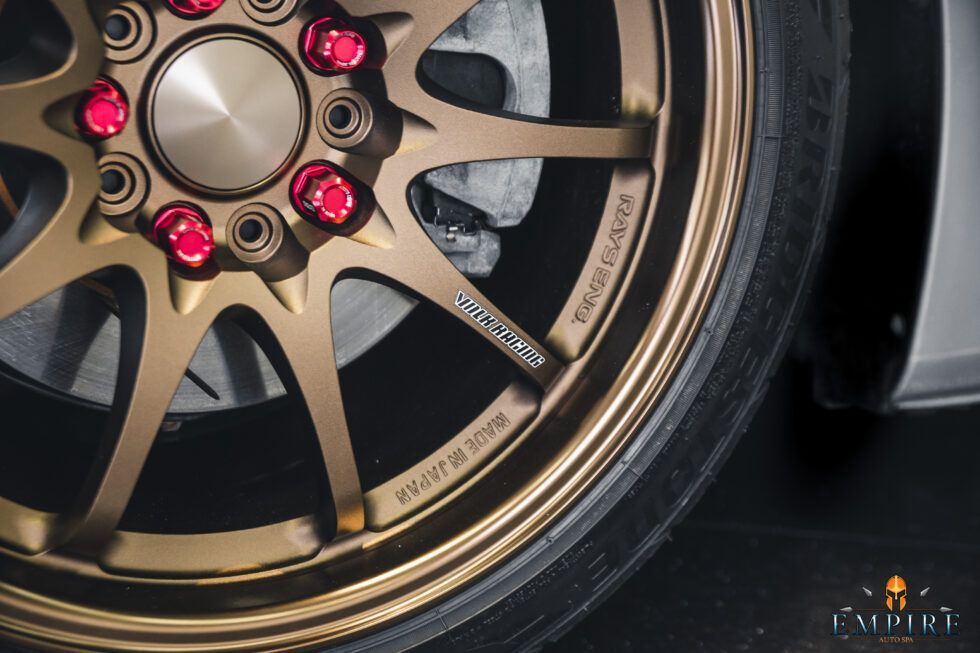How Wheel Alignment Affects Fuel Efficiency?
How Wheel Alignment Affects Fuel Efficiency – Insights from Empire Auto Spa
Introduction
Fuel efficiency is a top concern for most vehicle owners. While many factors influence a car’s fuel consumption, one often overlooked aspect is wheel alignment. Empire Auto Spa sheds light on the connection between proper wheel alignment and optimal fuel efficiency.
The Science Behind Wheel Alignment and Fuel Efficiency
1. Reduced Rolling Resistance
When wheels are misaligned, they don’t roll as freely. This increased rolling resistance means the engine must work harder to move the vehicle, consuming more fuel in the process.
2. Even Tire Wear
Misaligned wheels can lead to uneven tire wear. Uneven tires can create an imbalance in the vehicle’s movement, forcing the engine to exert more energy and, consequently, use more fuel.
3. Optimal Vehicle Performance
A well-aligned vehicle ensures that all components work in harmony. When wheels are aligned correctly, the car moves smoothly, reducing the strain on the engine and improving fuel efficiency.
Real-World Implications
A misaligned vehicle might consume up to 10% more fuel than one with proper alignment. Over time, this can lead to significant financial implications and increased carbon emissions.
Signs Your Vehicle Needs Wheel Alignment
- Uneven tire wear
- Vehicle pulling to one side
- Steering wheel vibration
- Off-center steering wheel when driving straight
If you notice any of these signs, it’s essential to get your vehicle checked and realigned if necessary.
Conclusion
Wheel alignment plays a crucial role in determining a vehicle’s fuel efficiency. Regular checks and timely alignments can lead to considerable savings, both financially and environmentally. Trust the experts at Empire Auto Spa to ensure your vehicle’s wheels are perfectly aligned, optimizing performance and fuel consumption.
For professional wheel alignment services and more, visit Empire Auto Spa or contact us at (407) 574-8381.

Not for Everyone. Perfect for You.
Headquartered in Longwood, Florida, Empire Auto Spa is a family-owned and operated detailing studio dedicated to providing top-tier services that both protect and elevate the aesthetic appeal of all different types of vehicles. With over 30 years of combined experience and expertise from our team members, we pride ourselves on being Master Detailers who provide meticulous services with unwavering passion and precision. Our service lineup includes multiple packages in paint protection film, ceramic coatings, window tinting, and detailing as well as customization upgrades that enhance both the performance and aesthetics of your vehicle. Empire Auto Spa is your one-stop destination for all your vehicle personalization and performance needs!
Quick links
Our Location
Address: 895 N Ronald Reagan Blvd, Longwood, FL 32750, United States of America
Contact Us
Phone: (407) 574-8381
Empire Auto Spa is designed by the team at Detailers Roadmap, a platform developed for detailing operators across the globe.
All Rights Reserved | 8bitcreative, LLC | Empire Auto Spa








